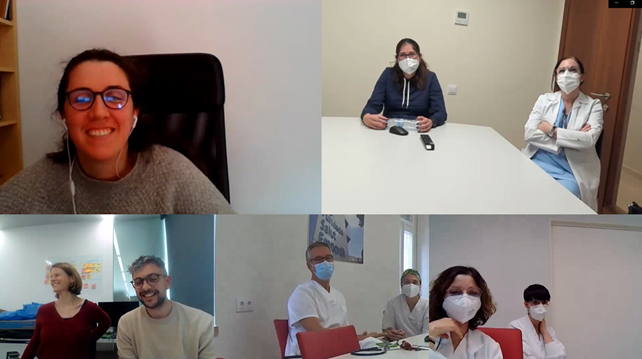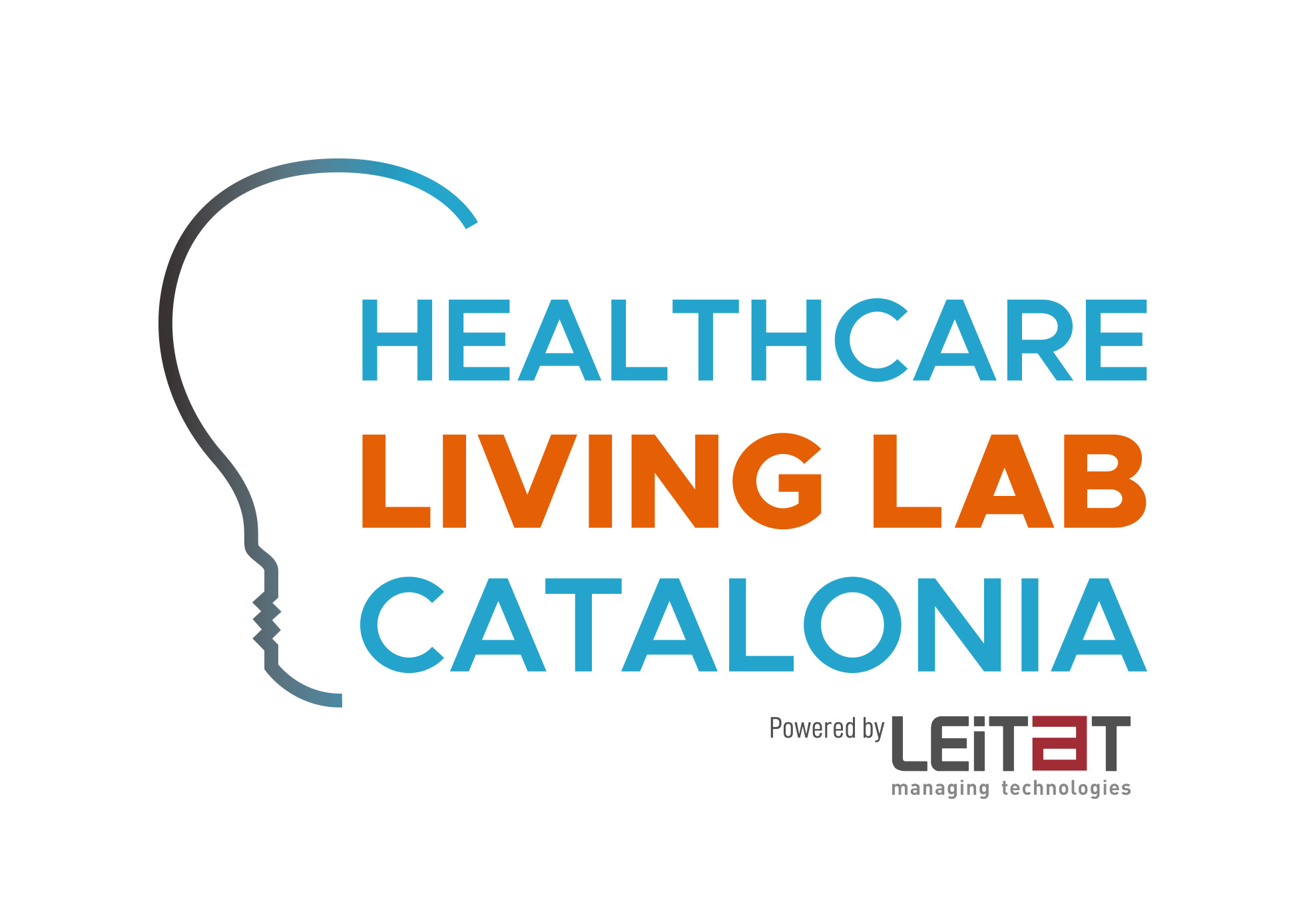
CO-CREATION ACTIVITIES
In order to involve end users from the beginning and help innovative people design solutions that solve real problems, the HCLLC organizes and executes co-creation activities where the collaboration of all parties involved is facilitated: citizenship (patients or healthy population), professionals from the health and social fields, universities and companies.
Types of co-creation activities that are organized:
• Identification of end users.
• Identification of needs.
• Ideation of solutions with stakeholders.
• Individual interviews.
• Focus groups.
• Willingness-to-adopt and willingness-to-pay studies.
The HCLLC has its own methodology to carry out these activities, involving the necessary people and obtaining high-value information.
CO-CREATION ACTIVITIES EXAMPLE
THE COMPANY
Breaz Medical is developing a new medical device to support healthcare professionals (in the pneumology area) in the identification and monitoring of chronic respiratory diseases, such as chronic obstructive pulmonary disease (COPD). The medical device includes an easy-to-use testing platform for patients, and results are easy to interpret for non-specialists’ professionals.
Breaz Medical is developing a new medical device to support healthcare professionals (in the pneumology area) in the identification and monitoring of chronic respiratory diseases, such as chronic obstructive pulmonary disease (COPD). The medical device includes an easy-to-use testing platform for patients, and results are easy to interpret for non-specialists’ professionals.

THE NEED
Before finishing the development of the first functional prototype, Breaz Medical’s need was to obtain feedback from healthcare professionals on the solution, to identify key features to consider and to understand the current clinical workflow and the requirements for fitting into this practice.

THE ACTIVITIES
The HCLLC organized and executed two focus groups with healthcare professionals from three Catalan hospitals: MútuaTerrassa, Fundació Salut Empordà and Hospital d’Olot i Comarcal de la Garrotxa. A total of 12 healthcare professionals, including general practitioners, nurses and pneumologists, participated in the sessions, that were held in a virtual format.

THE ACHIEVED MILESTONES
• Ease of recruiting general practitioners, nurses and pneumologists from different hospitals.
• Understanding of the current clinical workflow of patients with COPD and the variations in different healthcare institutions.
• Learning the pains and needs of the healthcare professionals regarding the diagnosis and monitoring of COPD.
• Feedback from the healthcare professionals in primary care on the usefulness of the solution within their centres.
• Feedback from pneumologists and nurses from the hospital outpatient area on the solution.
• Integration of the end-users’ feedback on the development of the solution.
• Feedback to formulate future validation studies.
• Agile and centralized management.
• Collection of all the results in a final deliverable.
• Understanding of the current clinical workflow of patients with COPD and the variations in different healthcare institutions.
• Learning the pains and needs of the healthcare professionals regarding the diagnosis and monitoring of COPD.
• Feedback from the healthcare professionals in primary care on the usefulness of the solution within their centres.
• Feedback from pneumologists and nurses from the hospital outpatient area on the solution.
• Integration of the end-users’ feedback on the development of the solution.
• Feedback to formulate future validation studies.
• Agile and centralized management.
• Collection of all the results in a final deliverable.
PHOTO GALLERY





